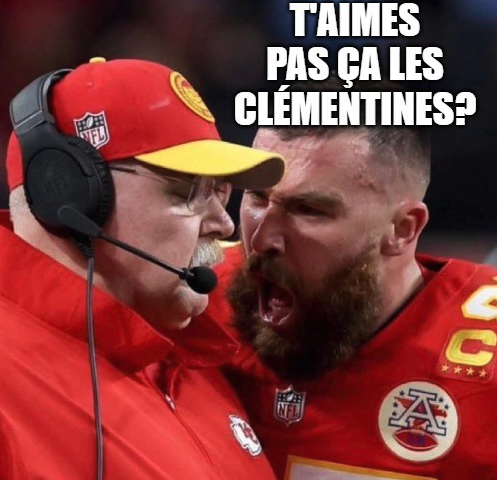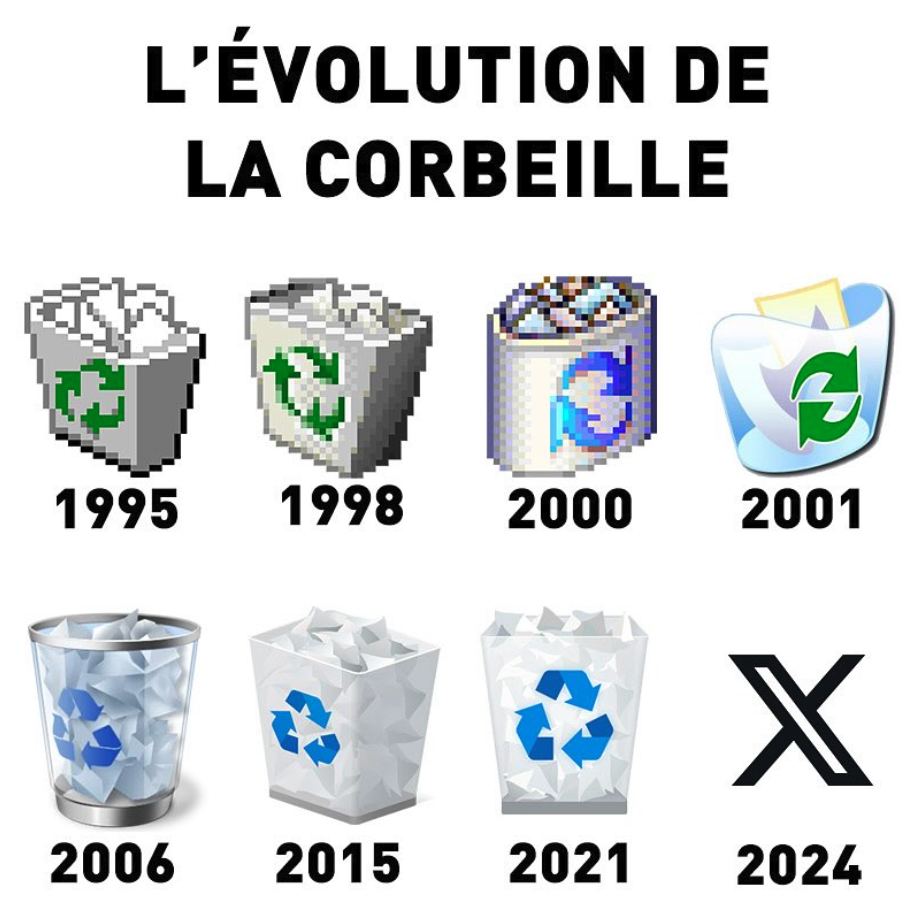The Meme or the power of Communication through Images
If it is said that a single image is worth a thousand words, a photo with a few lines of text is enough to describe a complex reality at a glance and reveal the full depth of its meta-commentary. That's why the meme is so powerful. As simple as a one-panel comic strip, the meme is more widespread than one might think… and its power is infinite, turning its creators into true 2.0 Kings' Jesters.
When we say that memes (or "mémés" for the insiders) are everywhere, consider this as proof: The Super Bowl isn't even two weeks old, and already, the most discussed highlights online have nothing to do with the players' performance on the field, a blocked attempt at placement, or a strangely bouncing punt. And we don't say this lightly as we are big supporters of Patrick Mahomes' Chiefs at Winston.
It's not Usher, nor the commercials that stole the spotlight from this year's NFL championship. Memes crashed the party during that TV night, which was followed by 123 million people according to CBS.
Among the memetic images of the Super Bowl, of course, there is Travis Kelce's anger, the mocking edits of Taylor Swift's carbon footprint, Ice Spice's hair, and Lana Del Rey's boring disdain. These images, twisted and modified to give them new meaning, follow many iconic photos - taken from current events or popular culture - to become memes. Think of Bernie Sanders with his mittens, or François Legault kissing his sister, or Dr. Aruda's curve: they are all examples of memetic images that serve the zeitgeist by mocking the rich and powerful and denouncing, more or less playfully, situations in the world we live in.
An indispensable discipline
In 2024, memes are everywhere. Yes, on the Internet, in our Facebook and Instagram feeds, but they have also begun to populate traditional broadcasting spaces. When Jean-René Dufort and Chantal Lamarre comment on images of the monarchy or Pope Francis on Infoman, they engage in memetics. Maxi's social media content strategy also relies on meme codes.
While one might think it is a means of communication among the youth, the meme now positions itself as a powerful vehicle for messages. Internet users love it because it allows them to laugh at a situation by highlighting its most absurd aspects. Brands use it to enhance their online personality and page engagement.
It's not for nothing that major advertising agencies now hire prominent meme creators for their content teams: communicating through images with humour requires a unique touch but can yield big returns.
Oh, and also be mindful of meme codes, as adventurous brands are not immune to receiving a fine for poor corporate memetics.
In short, the meme is an uninhibited form of the fourth power in an online world where the media can no longer publish truthful and verifiable information. Who would have thought that memes would become a bulwark of common sense and justice on the Internet?
Until a resolution on C-18, check out your memes and laugh in the face of the powerful too!




